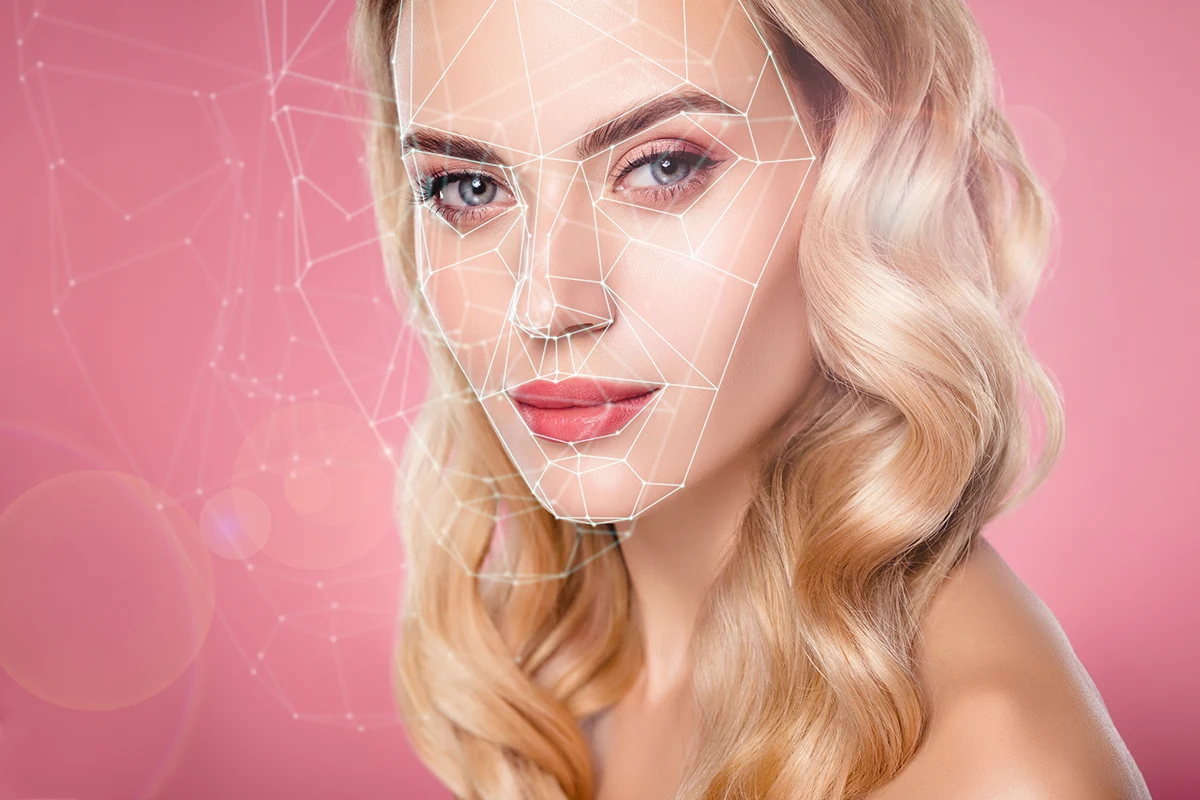Artificial Intelligence and Aesthetic Ideals: Why Facial Harmony is Key

The desire for facial symmetry is understandable. Improved symmetry is possible with many facial plastic surgery procedures, especially when the asymmetry is significant. However, perfect symmetry is impossible and, frankly, undesirable. Instead, facial harmony is the north star facial plastic surgeons work towards to create natural-appearing results.
Perfect Facial Symmetry Is Impossible and Undesirable
Significant asymmetry in the brows, eyelids, neck, and other areas of the face develop in many patients. The range of procedures offered by facial plastic surgeons can improve significant asymmetries. However, the smaller the asymmetries, the more difficult they are to improve. Unfortunately, some patients are bothered greatly by smaller asymmetries while others are not bothered at all by significant asymmetries. A natural-appearing face has some asymmetry, however minor. This becomes apparent when utilizing programs to project a mirror image of one side of the face on the other. It is important for facial plastic surgeons to counsel patients on this fact as well as the limits in addressing small asymmetries inherent in any facial plastic surgeon procedure.
AI Powered Programs Evaluating Facial Asymmetry Can be Counterproductive
There exist AI powered programs that perform evaluations of the face for facial symmetry. These programs can be useful when, for example, there is significant asymmetry in facial bones and a custom-made implant is developed with the assistance of imaging and the AI program. However, my concern is that with some patients there will be a disconnect between the grade of asymmetry visible on the surface and the available treatment options. Furthermore, a focus on facial symmetry may distract from what, in my opinion, is the most important goal of facial plastic surgery: improved facial harmony.
Facial Harmony Is a Broader and More Inclusive Concept Than Facial Symmetry
Facial harmony is the idea that the changes made to the face through facial plastic surgery create a more youthful appearance by improving the agreement of the area(s) treated with the whole of the face. Smaller, less significant asymmetries are natural and desired as long as the appearance each area of the face balances with the remaining areas in location and proportion.
Facial harmony is a difficult concept to define on a procedure-by-procedure basis. It is also difficult to distinguish from facial asymmetry. That is where the art of facial plastic surgery factors in. Examples of differences between facial harmony and facial symmetry are:
- An almost perfectly symmetric nose that is, nevertheless, too narrow or sloped for a larger, more rounded face versus an appropriately sized and shaped nose with some asymmetries
- An almost perfectly symmetric upper lip that is too long and pendulous for the face versus a shorter, fuller upper lip with some minor asymmetries in the shape of the vermillion border, the border between the red lip and the skin of the upper lip
Facial harmony is a broader and more inclusive concept than facial symmetry. And, while improved facial symmetry can be one goal of a facial plastic surgery procedure, facial harmony is the north star.
Disclaimer
This blog post is for educational purposes only and does not constitute direct medical advice. It is essential that you have a consultation with a qualified medical provider prior to considering any treatment. This will allow you the opportunity to discuss any potential benefits, risks, and alternatives to the treatment.

Book Your Consultation
Take the first step toward enhancing your natural beauty by scheduling a personalized consultation with Dr. Jeffrey Harmon. As a double board-certified facial plastic surgeon trained by the pioneer of the extended deep plane facelift, Dr. Harmon offers expert guidance and care. Whether you're considering surgical or non-surgical options, our team is here to support your journey to renewed confidence.